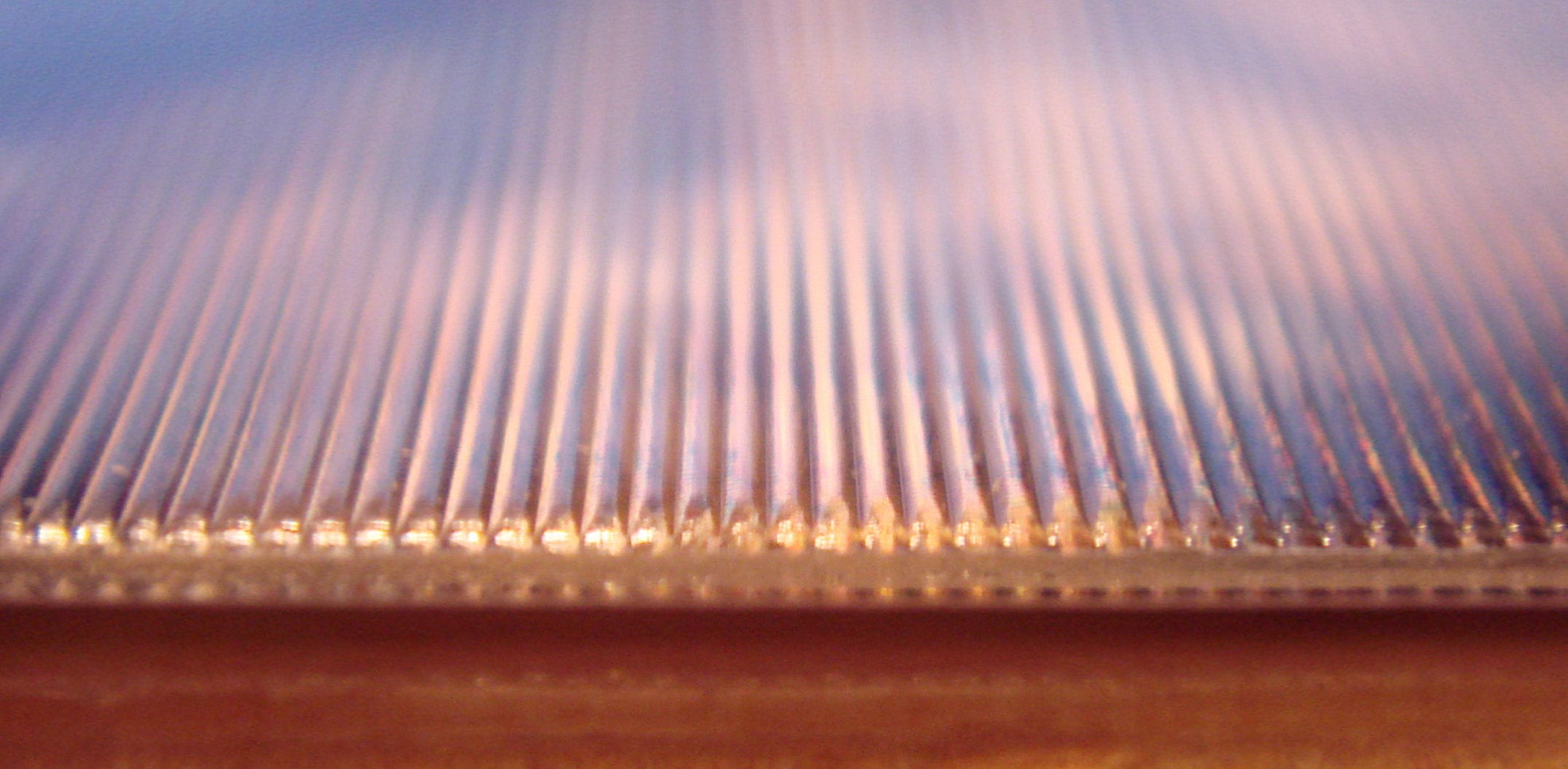Without a doubt, technology has gone far and beyond making our lives more convenient. It has created more efficient industries, more production, and other similar benefits. That said, one of the more unique creations of technological innovation can be seen in the printing scene. More specifically, 3D printing is changing our world in many different ways. Also known as lenticular imaging, this form of printing is one that uses lenticular lenses to create printed images with depth. This method can create stunning images with the illusion of change and movement when the image is viewed from different angles.
Traditional forms of printing can’t come close to matching what lenticular modeling can. Above everything else, its wide range of uses is the main quality that separates this form of printing over another. However, it has proven to provide better works for creative and imaginative art pieces and other similar printing uses. Needless to say, there are many things to learn about this unique printing method. With this in mind, let’s go over ten need to know facts about lenticular imaging.

10 Need To Know Facts & Tips About Lenticular Printing
#1: It Requires Two Main Components
One effective way to get the most out of lenticular printing is to understand its main components. For this form of printing, the main components are printed images and lenses.
Specifically, every lense forms a composite of at least two interlaced images. After this is done, the printer itself puts each graphic together to create any desired effect that the printer and images allow for.
#2: It Consists Of Two Major Types Of Printing
Another important aspect to know are the two types of printing that this method allows for. Having mentioned them already, the two main types of lenticular imaging methods are animation and 3D.
Understanding the foundation of these two printing methods allows the printer to not go outside the limits of lenticular imaging. In other words, it allows the printer to focus on the main components that give the best effects and results.
#3: It Has A Wide Range Of Applications
One of the amazing benefits of lenticular imaging is that it has a wide range of applications. This makes lenticular imaging one of the most versatile methods of printing available. Its applications can include anything from DVD covers, postcards, and even stickers.
On a larger scale, this method can also be applied to in-store retail graphics, labels and package wraps as well.
#4: It Can Bes Used For Audience Engaging Purposes
As far as overlooked applications, lenticular imaging also has an effective audience engagement uses. Other than its ability to create visually stunning pieces, it can be used to direct, influence, and drive people to calls of action.
In more creative uses, it can also be used to create up-close playable experiences. Although these techniques are more difficult to learn how to implement, they worth every second it takes to learn them.
#5: It Provides Better Results With Fewer Frames
If you are more concerned with providing high-quality results, then it’s important to understand that it provides better results with fewer frames. One of the mistakes that amateur printers make is overserving too many frames.
This can cause unwanted effects that are more disturbing to the eye than pleasing. A good rule of thumb is to work with separate frames at a time.
#6: Avoid Using High Contrast Images When Making Changes
No matter what level of experience you are at, mistakes will happen. With other printing methods, those mistakes might be a little easier to fix.
As for lenticular imagine, the important thing to keep in mind is to use low contrast images. The reason this is important is that it eliminates having a specific area of the image change from black to white.
#7: It Provides Better Results For Vertically Images
Another mistake that many printers make is printing an image horizontally tilted as opposed to vertically tilted.
Lenticular printers do a better job with vertically tilted images because it sees each separated frame more clearly from every other frame. This goes back to the idea of not overloading the printer with too many frames.
#8: It Requires Image Stability
As we can imagine, stability is everything when it comes to creating the best effects of lenticular imaging. Simply put, any animation made with these printers work better if some animation areas are not animated at all.
This works because it highlights the movement of other areas. In turn, this gives off a more highlighted effect because it allows an eye to see the printing on a frame by frame basis.
#9: It Works Best With Above 10-point Text Size
When it comes to printing out text sizes, lenticular imaging will work better if the text size is under the 10-point limit.
Printers provide better results this way because it avoids fine lines that end up created a pixelated look. With a finished product, this makes a text unreadable and distorted.
#10: It Works Best With Different Layers Of Elements
When it comes to 3D lenticular prints, the main component to look out for is element separation. By completing each element on its layer, it will avoid leaving a gap between images when the elements are divided into their won planes.
In non-technical jargon, it allows the printer to focus on details with each layer.


